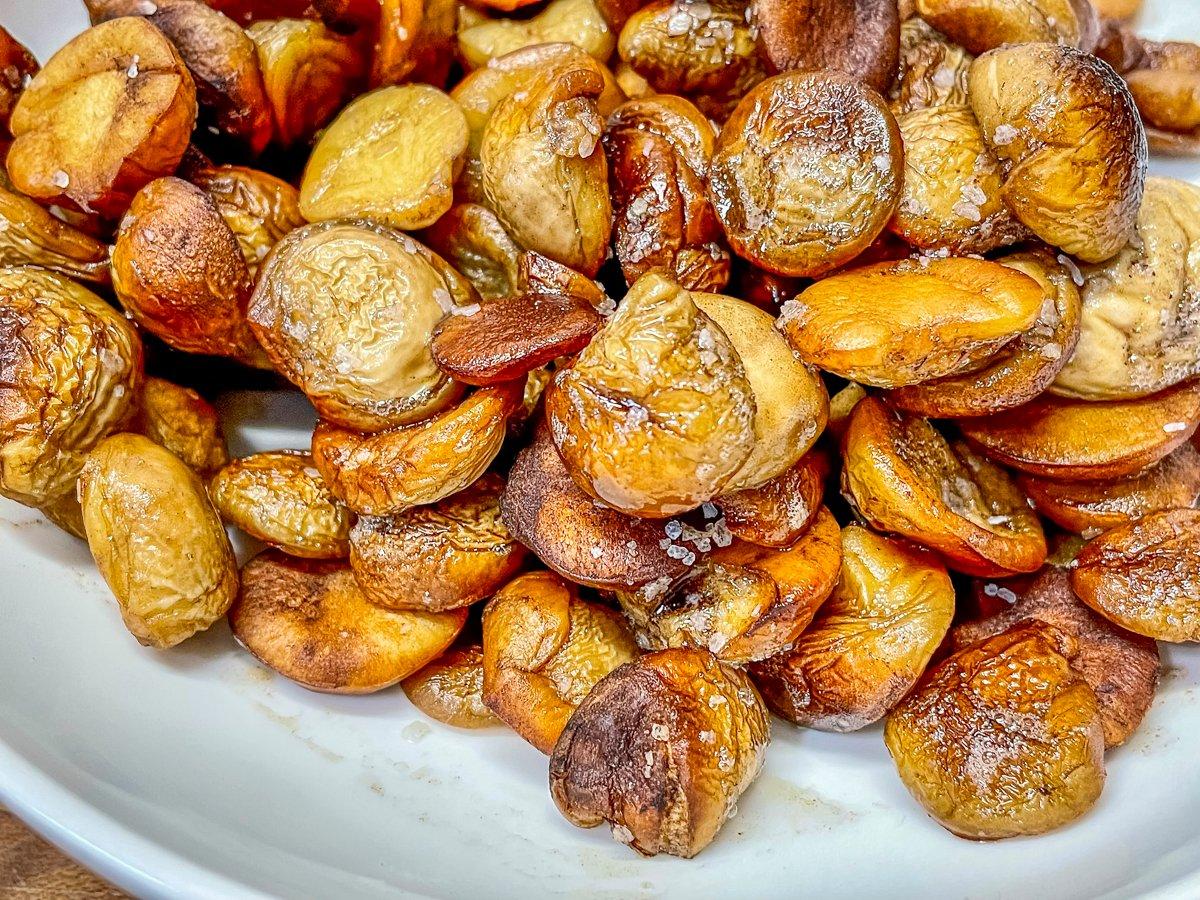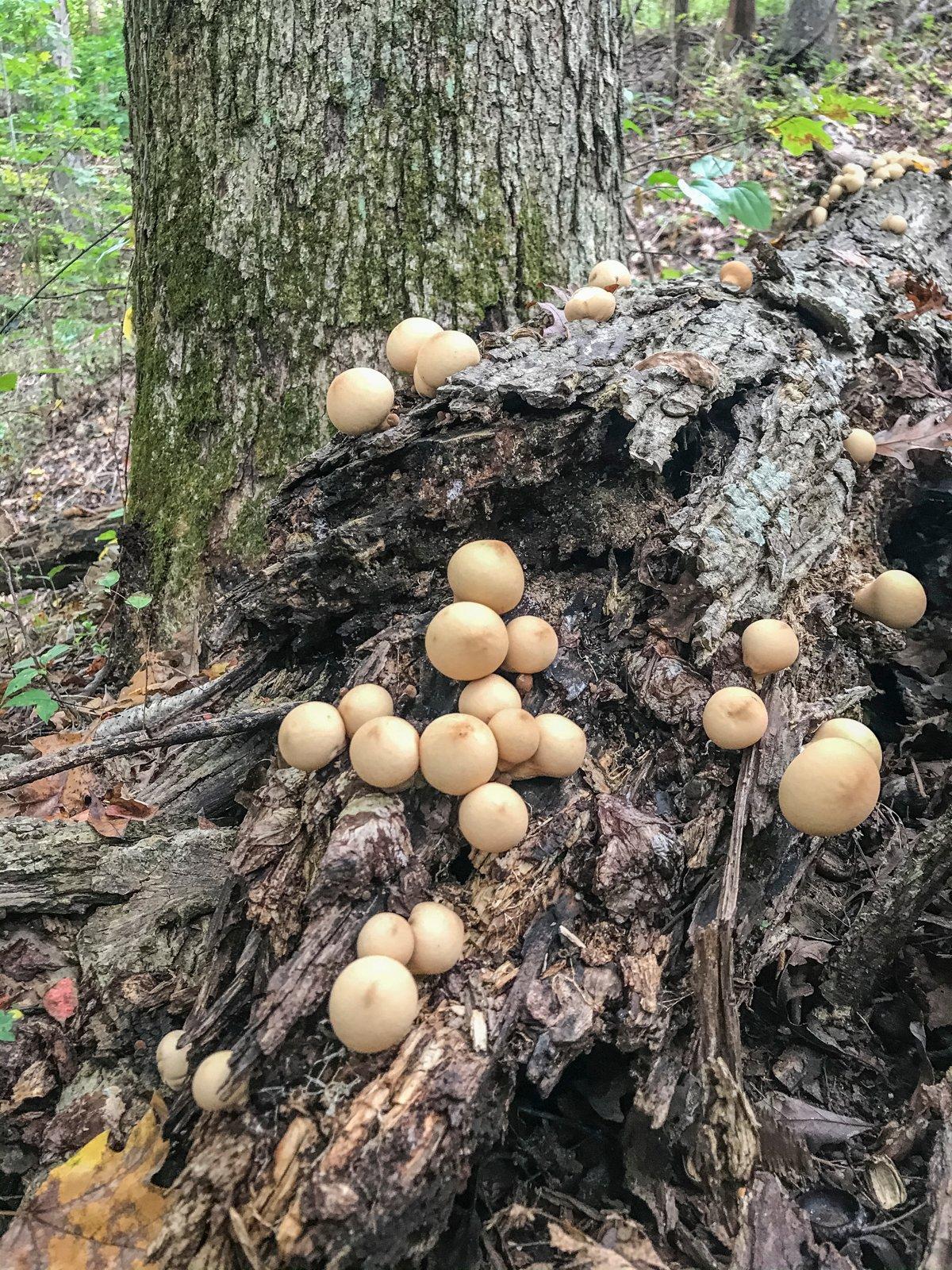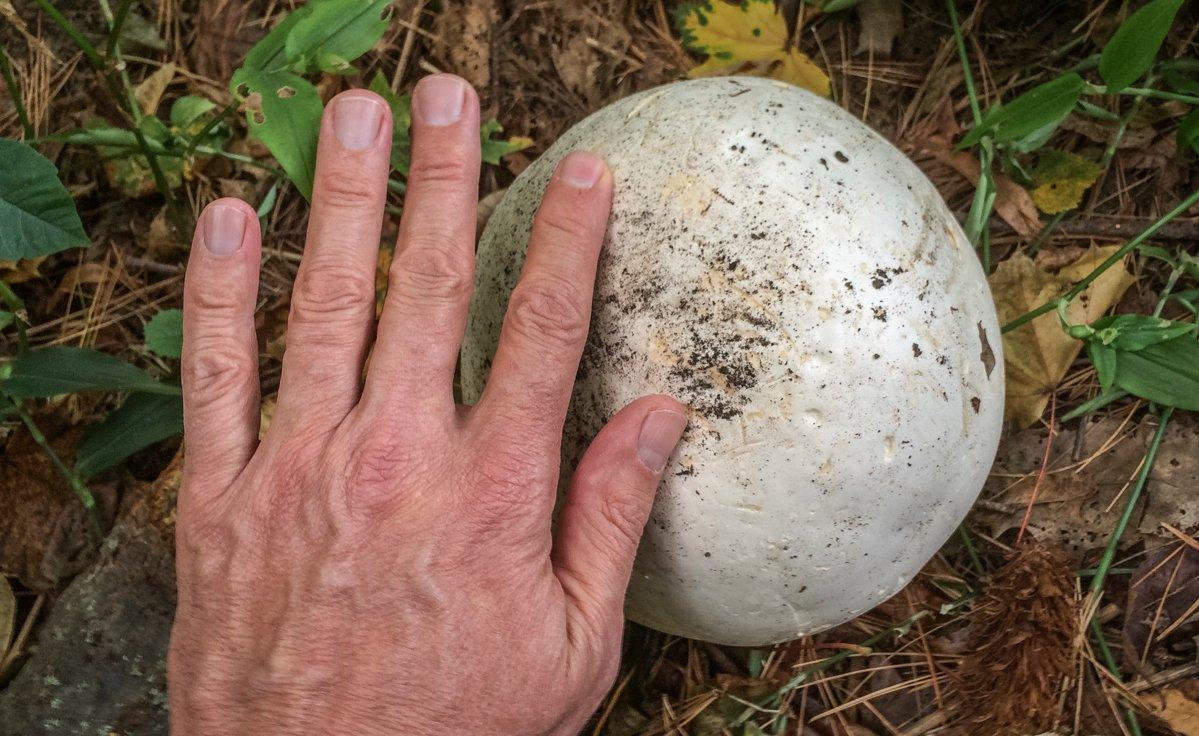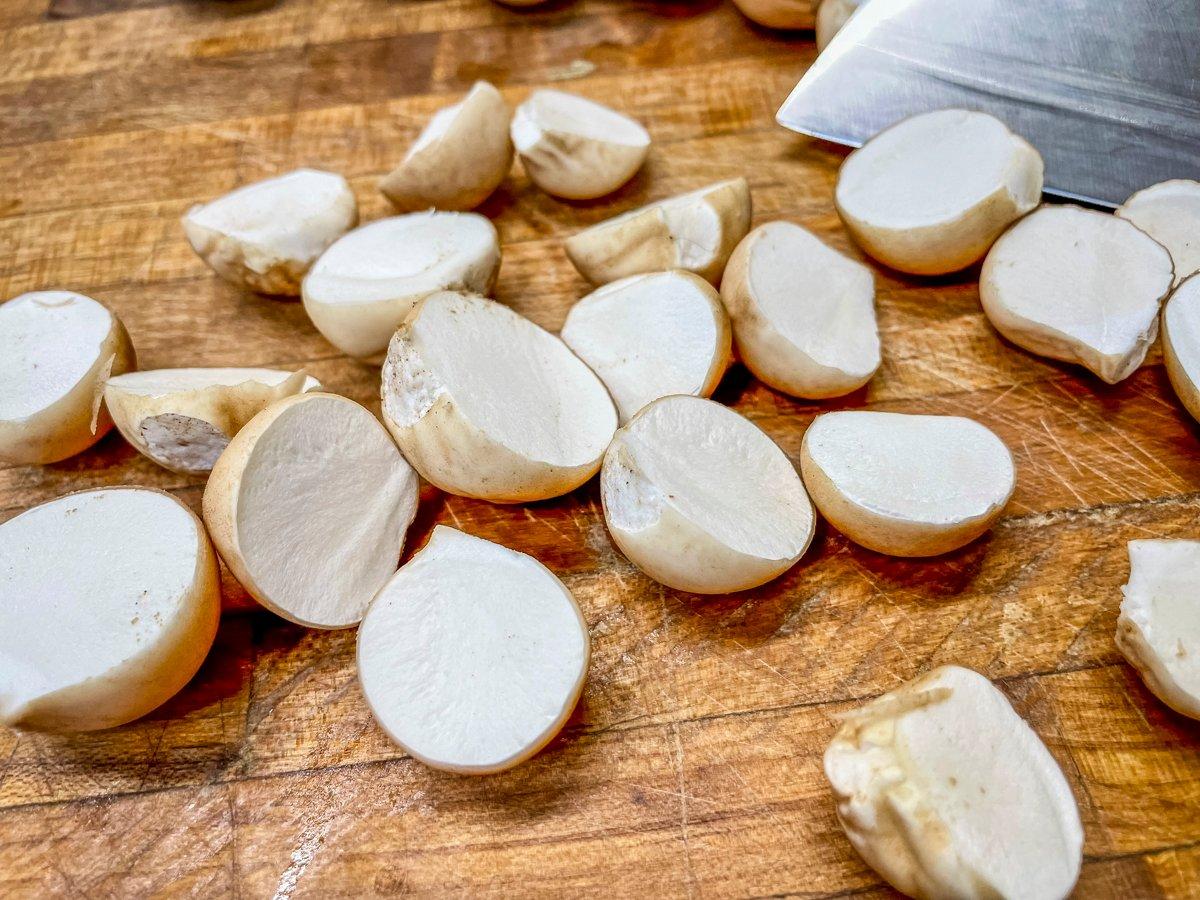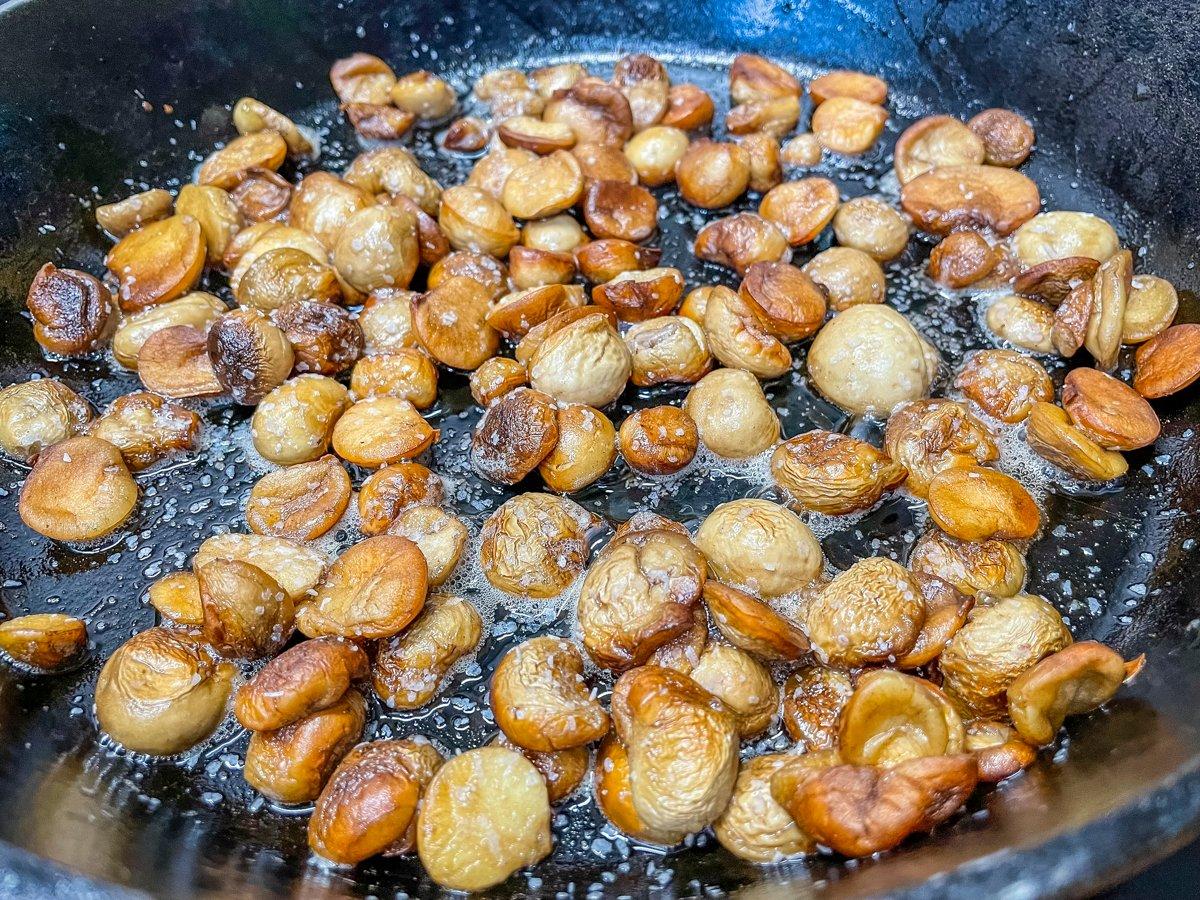Now is the time to find puffball mushrooms, an easy and delicious mushroom for the beginning forager
The popularity of foraging for wild food is on a steady upswing. Maybe it's the fear that grocery stores might not be able to keep up with demand. Maybe it's a yearning to get back to our roots. Maybe it's the desire to obtain wild food, free from the unnatural additives and preservatives found in much of our food supply today.
Whatever their reason, folks are out searching for wild eats. Mushrooms are a popular target, but not always a safe one. There are mushrooms out there that will make you deathly ill. Or worse.
To safely forage for edible mushrooms, I always recommend going with an experienced forager in your area a few times before going out on your own. Not only can they teach you what mushrooms in your area are safe to eat, they can show you what habitat and time of the year when those species are available, making finding them in the future much easier.
If you don't have an experienced mushroom hunter to show you the ropes, get not one, but two, good reference books with clear color photo close-ups and detailed descriptions. Cross-reference any new mushrooms you find in both publications. If the physical appearance matches up to both books, then you should be pretty safe in taking it home.
For many areas of the country, a great starter mushroom is up and growing right now. Puffballs can range from tiny pear-shaped fungi growing on decomposing timber all the way up to basketball-sized globes that magically appear in grassy fields. You might even find one of the giant puffballs growing in your yard.
What makes the puffball such a good beginner mushroom is that, regardless of species or size, there are two hard and fast rules to tell you that it is safe to eat.
The first is that there should be no gills present around the base of the mushroom. It should be smooth and firm on the surface.
The second can be found once the mushroom is sliced open. If the inside is snow white, it's a safe puffball. If you find a dark or even black interior, or if you discover a brown or tan outline of a mushroom inside, leave it behind. The interior should be completely white and feel a bit like a marshmallow or fresh mozzarella cheese to the touch.
Like many wild mushrooms, puffballs are best when young. Puffballs with a little age, especially the larger varieties, can be tough. They are also prone to insect damage. Older puffballs will start to darken and dry out inside in preparation for a spore release.
Our favorite way to cook puffballs, particularly the smaller varieties, is simply to slice and sauté them in butter with a bit of garlic and a pinch of salt. You can also batter and fry them.
For the giant puffball varieties, slice the mushrooms into thin rounds or strips before cooking. For a different preparation, slice large mushrooms into 1/2- to 3/4-inch-thick rounds, cook through either on the stovetop or in the oven, then use the slice as a pizza crust for personal-sized pizzas.
(Slice your mushrooms Realtree style: Realtree 15x10" Bamboo Cutting Board & Serving Tray)
The skin on some varieties of giant puffballs can also be tough, so some foragers prefer to remove it as part of the preparation. I find a sharp fillet knife to be the most efficient tool for this. Just peel it like a large apple or potato.
If you discover a trove of giant puffballs, consider turning some of them into jerky. Just slice the mushrooms into thin strips and use your favorite venison jerky recipe. The mushrooms absorb the marinade flavor well. Dry the mushroom jerky in your dehydrator or on a smoker at the coolest temperature possible. I prefer 185 degrees or less so that the mushrooms dry slowly and absorb lots of smoky flavor. Pull the mushrooms when they are leathery in texture. Don't overdry, or the jerky will be crunchy.
Excess puffballs can also be sliced and dried completely, then ground into mushroom powder. It makes a great seasoning for steaks or anything else that benefits from the rich umami flavor of the mushrooms.

